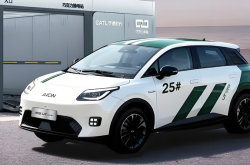Reimagining Future Mobility: The Pivotal Clash of New Energy Vehicle Powertrain Systems in 2025
![]() 02/17 2025
02/17 2025
![]() 601
601
I. Evolution Pathways of Core Powertrain Technologies
(1) Drive Motors: A Technological Leap from Permanent Magnet Synchronous to Axial Flux
Technological Trend ①: The Proliferation of 200kW+ Ultra-High Power Density Platforms
Tesla's Model S Plaid, equipped with a carbon fiber sleeve rotor motor, boasts a peak power of 250kW and a volume power density exceeding 6kW/kg. Bosch's fifth-generation permanent magnet motor, mass-produced in 2025, incorporates diamond-like silicon carbide coated bearings, enabling ultra-high-speed operation at 30,000rpm and a 40% improvement in efficiency curve flatness.
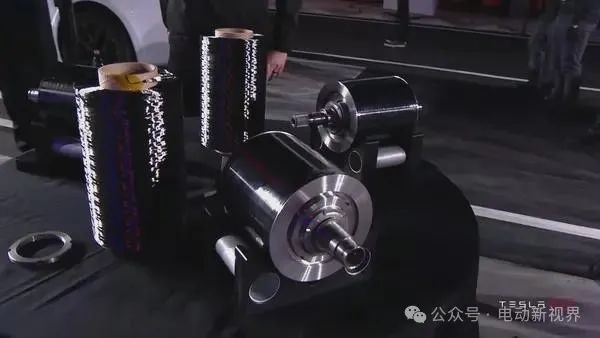
Tesla Carbon Fiber Sleeve Rotor
Technological Trend ②: A Revolution in Full Oil Cooling and Three-Dimensional Thermal Management
Huawei's DriveOne 5.0 system introduces a biomimetic fin oil channel design, increasing oil cooling coverage from 75% to 92% and achieving a continuous power density of 4.8kW/kg. JMEV's latest claw-pole oil-cooled motor employs an M-shaped labyrinth oil path, reducing temperature rise by 18K.
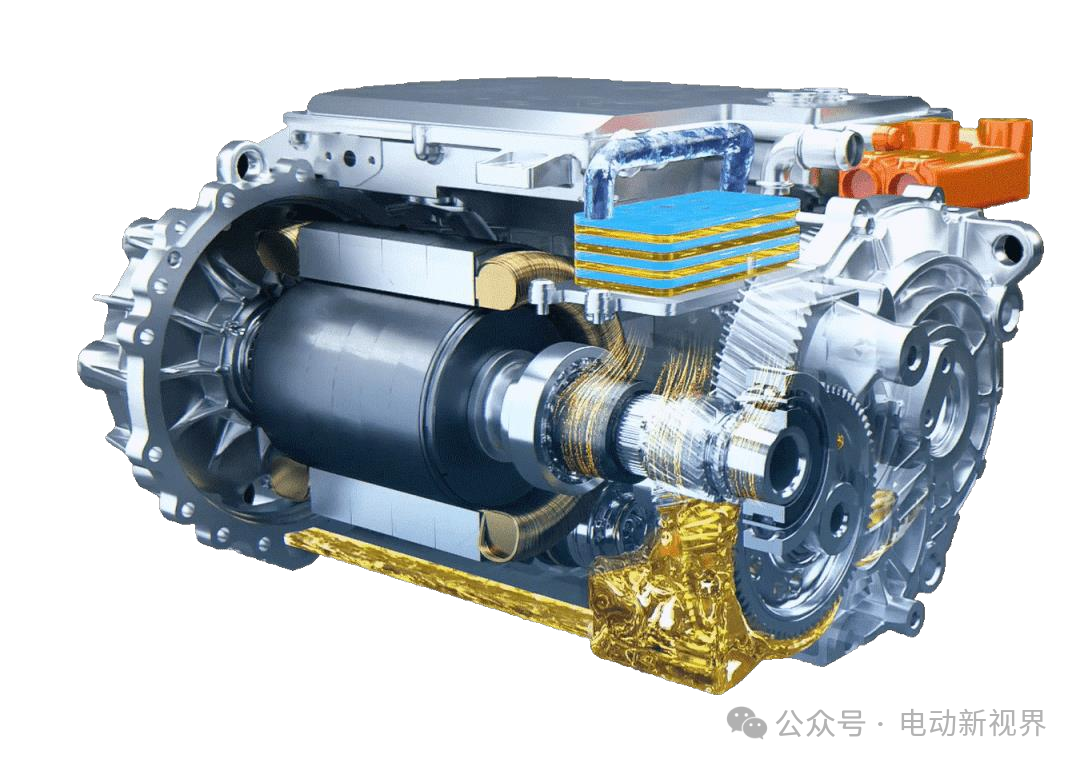
Huawei DriveOne Oil-Cooled Electric Drive Schematic
(2) Comparison of Key Technical Indicators
| Parameter | 2022 Industry Level | 2025 Technological Benchmark |
|---|---|---|
| Peak Power Density | 4.2kW/kg | 6.5kW/kg |
| Continuous Power Density | 2.8kW/kg | 4.0kW/kg |
| Maximum Speed | 16,000rpm | 25,000rpm |
| System Efficiency (WLTC) | 92% | 96% |
II. Motor Controllers: Dual Breakthroughs in Silicon Carbide and Deep Integration
(1) Timeline for Full Transition to Third-Generation Semiconductor Materials
BYD Semiconductor has achieved mass production of 750V/820A silicon carbide modules, enhancing system efficiency by 5% and extending range by 7% compared to IGBT devices. Infineon will launch the 1200V CoolSiC MOSFET Gen3 in 2024, further reducing conduction losses by 15%.
Comparison of Key Material Properties
| Characteristic | Si-IGBT | SiC-MOSFET |
|---|---|---|
| Maximum Switching Frequency | 30kHz | 150kHz |
| System Efficiency Improvement | Benchmark +5-8% | |
| Volume Power Density | 25kW/L | 50kW/L |
| Temperature Resistance | 150℃ | 200℃ |
(2) Evolution Pathway of Intelligent Control Algorithms
NIO's ET7 asynchronous motor controller utilizes dynamic flux observer technology, enhancing field-weakening control accuracy to ±1.5%. Continental's latest MSC2.0 platform incorporates a neural network predictive control algorithm, reducing torque response delay to 20ms.
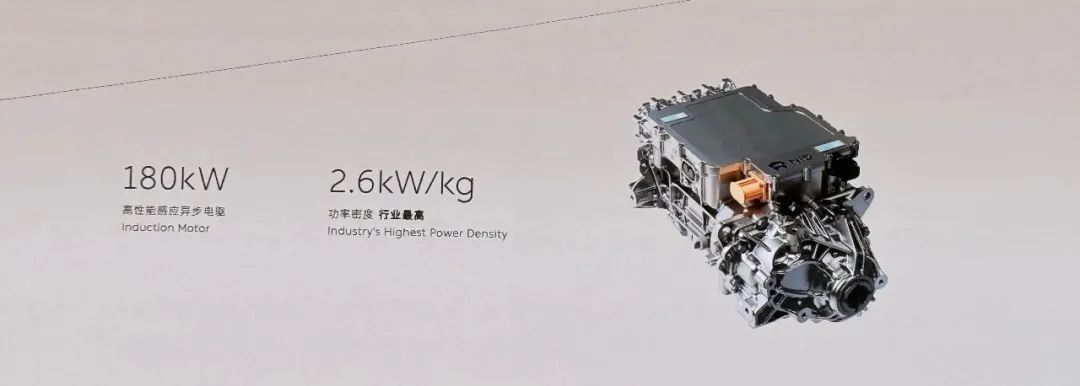
NIO ET7 Asynchronous Motor
III. Multi-in-One Powertrains: From Physical Integration to Intelligent Fusion
(1) Groundbreaking Progress in System Integration
BYD's e-platform 3.0's eight-in-one assembly (drive motor + reducer + controller + PDU + DC-DC + OBC + VCU + BMS) achieves a space utilization rate of 87% and a mass power density of 2.2kW/kg. Huawei's DriveOne 3.0 adopts a "chip direct drive" architecture, reducing control signal transmission delay from 5μs to 0.8μs.
(2) A New Paradigm of Intelligent Energy Flow Management
Tesla Model Y's heat pump system is deeply coupled with the drive system, reducing winter range loss by 30%. Bosch's latest IPB-R system can predict road gradients in real-time, improving motor regeneration efficiency by 12%.
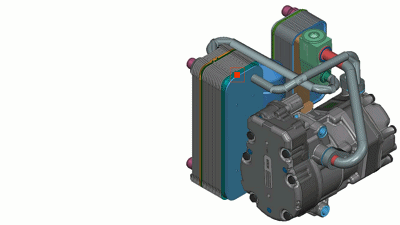
Tesla Model Y Heat Pump System
IV. Competitiveness Matrix Analysis of Technological Leaders
(1) Drive Motor Technology Flagships
Tesla: Carbon fiber sleeve rotor + oil-cooled axial flux motor, mass-produced rotation speed exceeding 23,000rpm
FDE Motor: Six-layer flat wire winding process, slot fill factor reaching 82% (industry average 75%)
JMEV: Permanent magnet synchronous reluctance motor (PMaSynRM) technology, torque ripple controlled within 1.2%
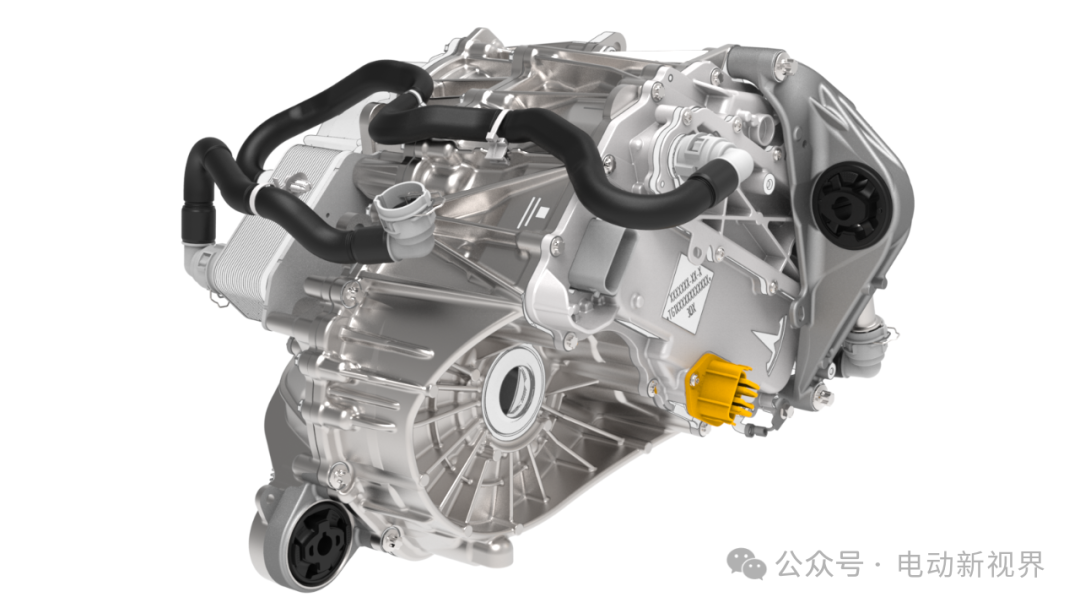
Tesla Motor
(2) Controller Technology Leaders
Infineon: HybridPACK Drive double-sided cooling module, reducing thermal resistance by 60%
BYD Semiconductor: Mass production cost of SiC MOS modules reduced to 1.8 times that of IGBTs
Huawei: Full-stack self-developed control chip, computational density reaching 500GOPS/W
(3) Multi-in-One System Integration Experts
Nexteer: EDS2.0 system NVH control technology, noise level difference <2dB(A)
Inovance: Deep coupling algorithm for the three-electric system, improving energy recovery efficiency by 18%
BorgWarner: iDM integrated electric drive system, power range covering 80-350kW
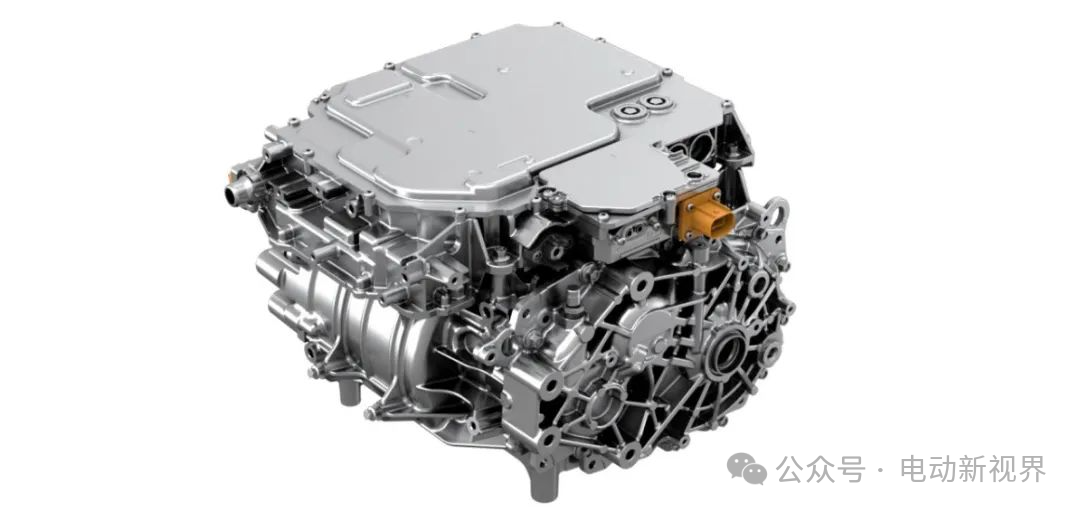
Inovance PA5X0 Multi-in-One Electric Drive Assembly
V. 2025+ Technology Outlook: Four Disruptive Directions
(1) A Window of Opportunity for Breakthroughs in Superconducting Motor Technology
Hitachi's low-temperature superconducting motor prototype boasts a power density of 12kW/kg but requires a cooling environment of -200℃. Commercial application of high-temperature superconducting materials (Bi-2223) is anticipated by 2027.
(2) Solid-State Batteries and Powertrain Reconfiguration
CATL's Qilin battery is directly connected to the drive system, achieving a system energy density exceeding 300Wh/kg and a volume utilization rate of 72%.
(3) An Inflection Point for Large-Scale Application of In-Wheel Motors
Protean Electric's in-wheel motor delivers a single-wheel peak torque of 2000N·m, with an unsprung mass 15kg lower than traditional solutions.
(4) AI-Enabled Predictive Control Systems
Xpeng's latest XPower 4.0 system features road spectrum learning capabilities, with energy consumption prediction accuracy reaching ±3%.
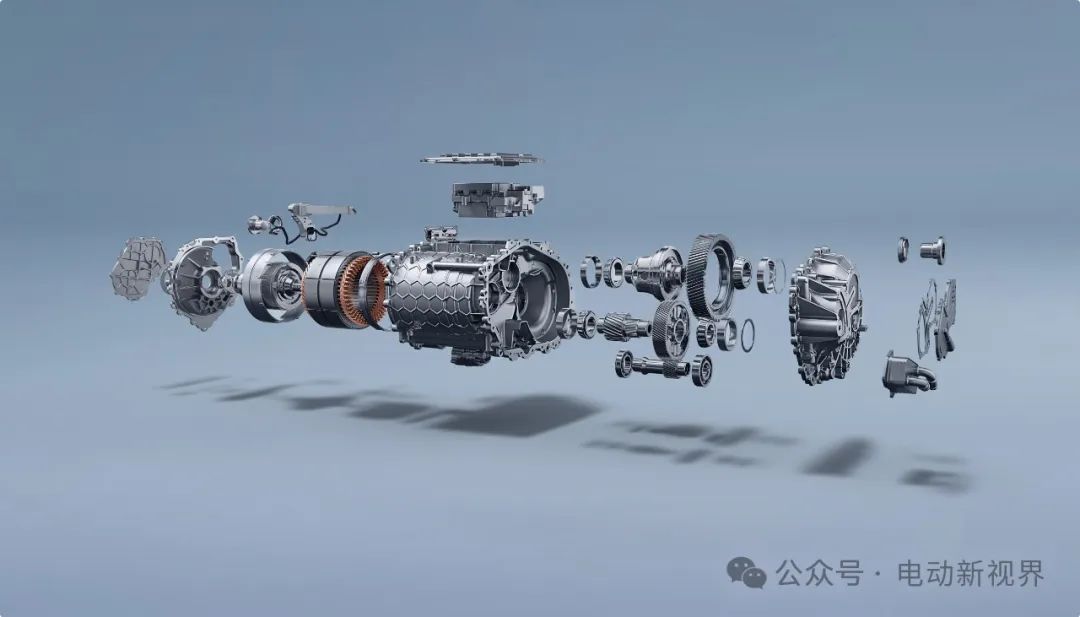
Xpeng Drive Motor Exploded View
VI. Prediction of Industrial Landscape Evolution
Rare Earth Permanent Magnet Replacement Technology: It is estimated that the market share of ferrite-assisted reluctance motors will reach 18% by 2026.
Axial Flux Motors: Penetration rate will exceed 8% by 2025, pioneering the popularization in high-end car models.
800V High-Voltage Platforms: Standard configuration rate will reach 35% by 2025, with peak fast-charging power approaching 480kW.
Suggestions for Technology Route Selection:
Permanent magnet synchronous motors will remain mainstream, but reluctance motor technology should be reserved.
Silicon carbide should be universally deployed, with SiC penetration rate exceeding 60% by 2025.
Develop modular multi-in-one platforms compatible with both 400V and 800V architectures.

BYD Yangwang U8 Dual-Motor Electric Drive
VII. Conclusion: Survival Rules in the New Power Era
As motor efficiency nears physical limits, future competition will intensify on:
System-level energy flow optimization capabilities.
Breakthroughs in semiconductor materials and packaging processes.
Cross-domain integrated intelligent control systems.
Companies establishing technological barriers in electromagnetic design, thermal management, and digital twins will ascend to the pinnacle of the 2025 power revolution.
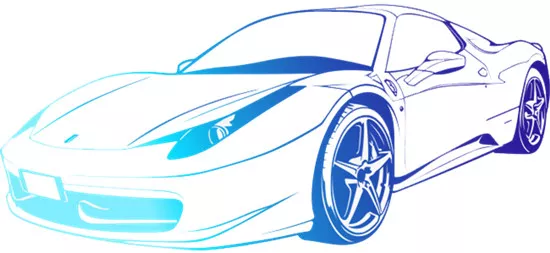
Disclaimer: The above viewpoints represent the author's personal opinions and are not endorsed by this platform.

